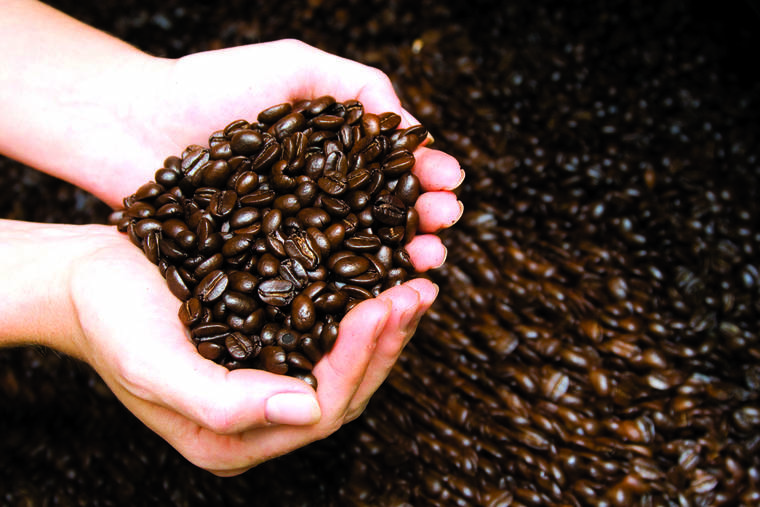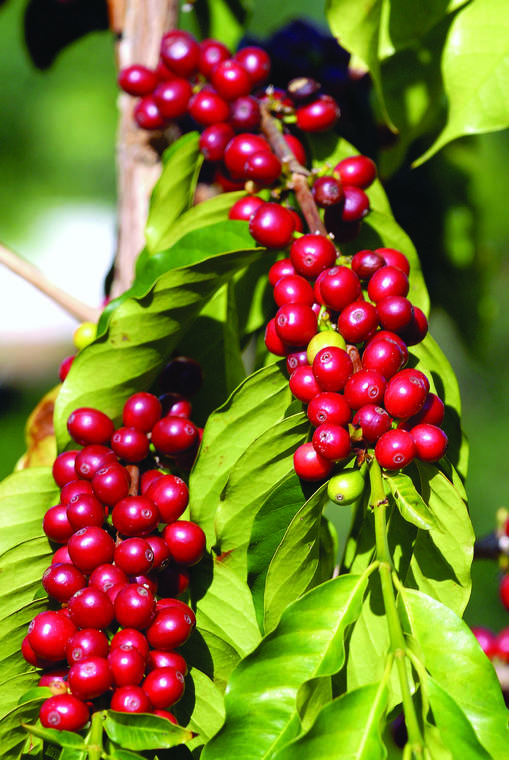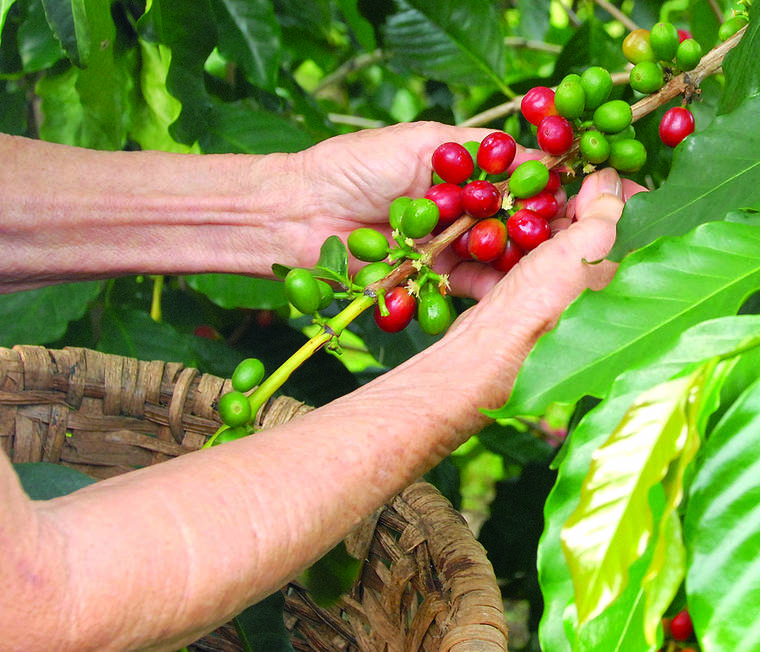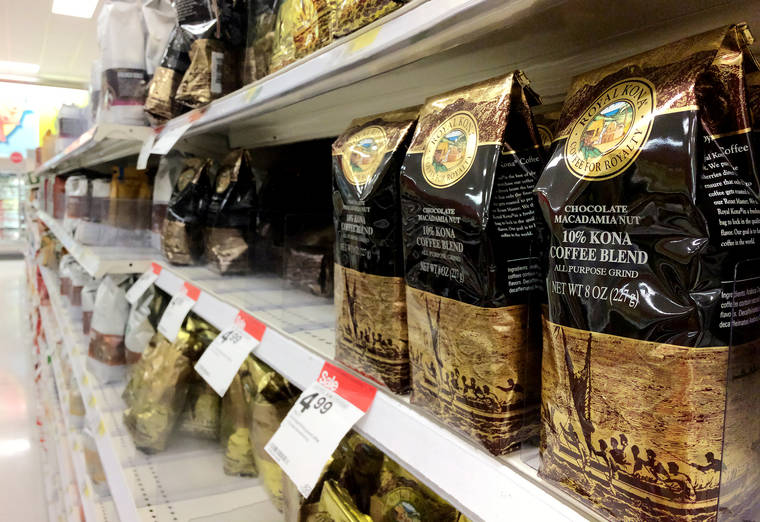A bill strengthening labeling requirements for Hawaiian-grown coffee blends remains alive having met a critical deadline last week, but lawmakers are now considering a phased-in approach.
House Bill 1886, as currently written, would gradually increase the minimum percentage of Hawaii-grown coffee from 10% to 51% over a three-year period, rather than an immediate implementation to the higher minimum as initially proposed.
“We’re happy with that,” said Suzanne Shriner, president of the Kona Coffee Farmers Association.
The organization, which represents over 200 members in the Kona coffee region, submitted the amendment after consulting with the Hawaii Coffee Association, she said. Concerns were raised about the larger blending industry needing time to transition and whether the increase to 51% would reduce the value and market base of Kona coffee, which Shriner said “doesn’t make sense.”
“The three-year language was added to make it more comfortable for the larger blending industry to make the transition,” Shriner said Monday afternoon, noting that the stepping-up approach would help allay worries over value by allowing time for supply and demand to balance.
The bill, introduced by Oahu and Big Island representatives, including Richard Creagan (D-Kona, Ka‘u), Nicole Lowen (D-North Kona), and David Tarnas (D-North Kona, North and South Kohala) remains alive this week, with the above amendment and others, after makings its way through two of three required House committee hearings.
The first committee assigned to hear the bill, the Committee on Agriculture, took up the measure Jan. 29, adding the phased-in implementation. As amended, a minimum of 20% coffee by weight would be required starting July 1 through June 30, 2021. From July 1, 2021, to June 30, 2020, the minimum would increase to 30% followed by a minimum of 51% effective July 1, 2022.
The panel also amended the measure to allow wordage like “foreign-grown coffee” instead of separate listings of origin of coffee not grown in Hawaii, followed by the percent by weight. The bill proposal still calls for prohibiting use of the term “All Hawaiian” in labeling or advertising for coffee not produced entirely from green coffee beans grown and processed in Hawaii.
“Your committee finds that existing labeling requirements for coffee cause consumers to falsely believe that a package of coffee blend contains coffee exclusively from Kona or other regions in Hawaii,” the Committee on Agriculture wrote its in report after passing the bill with amendments in late January. “In reality, ninety percent of the package could be from other regions of the world. Therefore, immediate legislative action is necessary to protect the reputation of Hawaii-grown coffees as premier, specialty coffees from further degradation.”
Following unanimous passage by the agriculture committee, the Committee on Consumer Protection and Commerce took up the measure on Thursday.
The panel amended the bill by adding the various stages at which coffee can be sold, including roasted, instant, green, cherry and parchment to the bill, as well as a section for funding for the program, though a specified amount was not included.
HB 1886 next needs passage by the Committee on Judiciary by Feb. 28 to remain alive. By March 5, the measure needs to have passed a full House floor vote to crossover to the Senate for further consideration.
Statewide green coffee production in 2018 was 5.48 million pounds, according to the most recent information available from the U.S. Department of Agriculture’s National Agricultural Statistics Service. The service valued the industry at $50.1 million.
The 2017 Census of Agriculture, which is conducted every five years, showed the majority of coffee farms were located on the Big Island, though thriving industries have developed on Maui, Kauai and Oahu. Of the estimated 9,300 acres of coffee planted in Hawaii, including bearing and non-bearing acreage, 5,491 acres were located on Hawaii Island. Further, approximately 1,343 of the state’s 1,577 coffee farms were located on the Orchid Isle.






